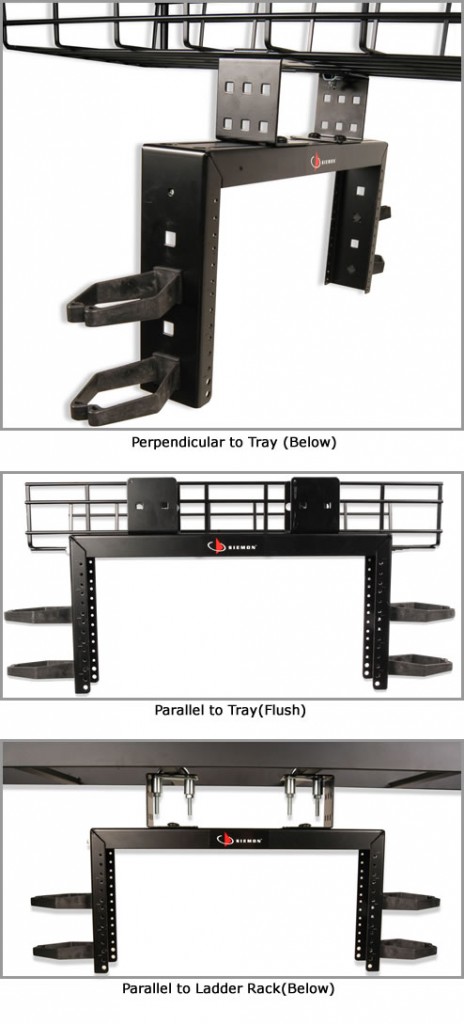Beware the Arc in Powered Remote Network Devices
In less than a decade, remote powering technology has revolutionized the look and feel of the IT world. Many IT managers aren’t aware that remote power delivery produces temperature rise in cable bundles and electrical arcing damage to connector contacts. Heat rise within bundles has the potential to cause higher bit errors because insertion loss is directly proportionate to temperature. In extreme environments, temperature rise and contact arcing can cause irreversible damage to cable and connectors. Fortunately, the proper selection of network cabling can completely eliminate these risks.
Video Demonstration:
Siemon shielded category 6A and category 7A cabling systems provides the following advantages that ensure a “future-proof” cabling infrastructure capable of supporting remote powering technology for a wide range of topologies and operating environments:
- Siemon’s Z-MAX® and TERA® connecting hardware has been independently certified to comply with IEC 60512-99-001, which ensures that critical contact seating surfaces are not damaged from the arc that occurs when plugs and jacks are unmated under remote powering current loads
- This arc poses no risk to humans, arcing creates an electrical breakdown of gases in the surrounding environment that results in corrosion and pitting damage on the plated contact surface at the arcing location. Note that in the Siemon contact design any potential damage due to arcing will occur well away from the final contact mating position.
Learn more in Siemon’s Tech Brief: “Siemon Advantages using Shielded Cabling Systems to Power Remote Network Devices”





